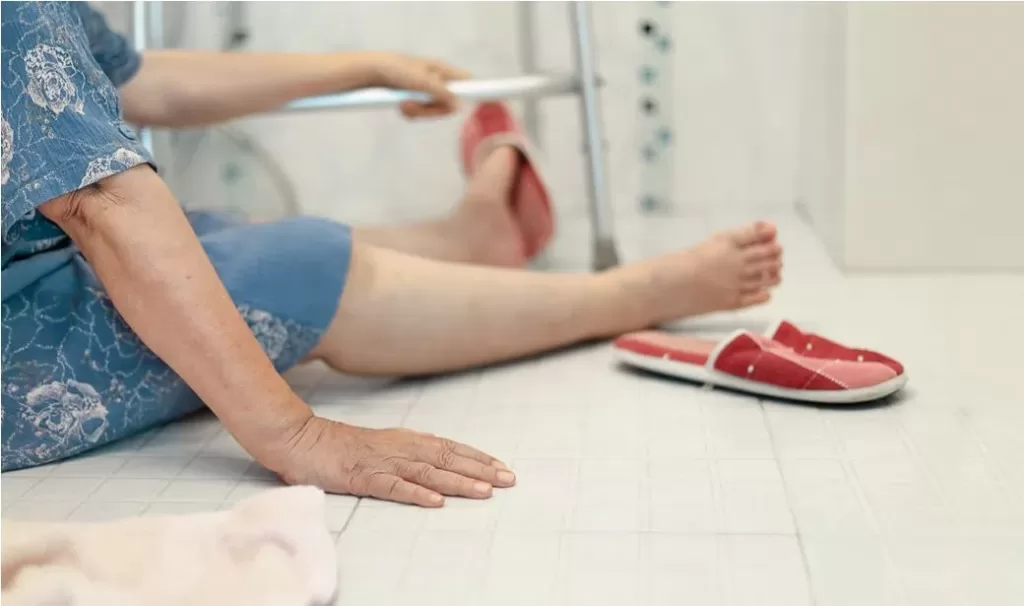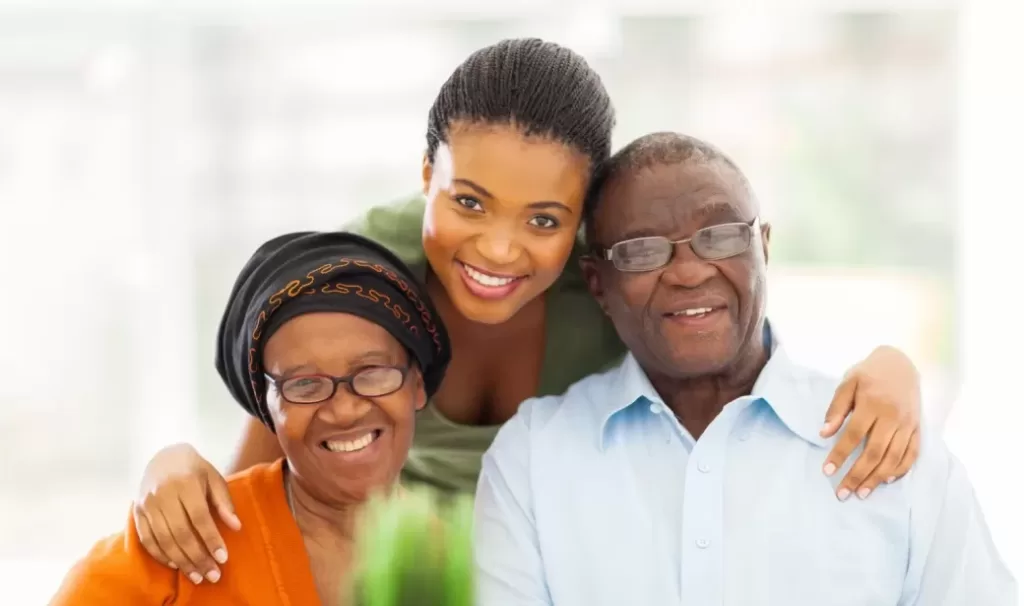As your loved ones grow older, you might have an increased concern for their safety and well-being. There are many changes that come with ageing – physical changes can result in the body becoming frail and weak. These changes can be associated with a number of emotional changes, psychological and physical consequences such as recurrent falls.
One of the consequences of osteoporosis is hip fractures which can have disturbing consequences, including institutionalization, reduced functional capacity and even death.
But there are ways to prevent and protect your loved ones from further injury.
This safety begins in the home. Fortunately, there are various things you can do to ensure that your home is elderly-friendly.
These safety tips include:
1. Ensure that your home is well-lit
Having a well-lit home is important, not just for the elderly, but for everybody in the home. Identify dark spaces in your home and install light fitting or make sure that light does come through from another place.
Make light switches easily accessible and in reach for any person to use. If light switches are difficult to find in the dark. Alternatively, always leave the bathroom light on, especially the bathroom that the elderly person is likely to make use of.
Adding motion sensors to exterior lights can be helpful, too, since they do not require any fiddling with to turn on and off.
2. Place skid-proof mats in the bathroom
Ensure bathroom safety by using handle bars in the shower, bathtub, and rubber mats on all slippery surfaces.
Opt for putting a slip-proof stool in the shower if you do not have a bath, and ensure that the entrance to the shower is not narrow to restrict movement.
3. Keep floors clean and uncluttered
Keep floor space free from clutter. These include: electrical cords, newspapers, books and magazines, and children’s toys and pets’ toys and treats.
Ensure that there are designated spaces in the home for your child’s and pets’ toys, magazines, and secure electrical cords to the wall or floor if there is no way to avoid having them on the floor.
Also aim to remove unnecessary furniture and keep all traffic paths clear.
4. Remove or secure rugs
Replace or eliminate rugs if the edges begin to curl. These are hazardous for children and the elderly alike.
If you choose to keep loose rugs in your home, ensure that it is a slip-proof rug and that it is not entirely in the way of your walking space. Opt for rugs under coffee tables and furniture and removing them from hallways and pathways.
The less chance there is to walk over a rug, the less chance there is of injury.
5. Install handrails
If you have stairs indoors or outside, handrails should be firmly attached and run from the bottom to the top of the staircase.
Making your home a safe haven for yourself or preparing a home for aging loved ones can be a stressful task. Don’t try to do it alone.
If possible, involve other family members to help, and seek help from qualified home care professionals to help ease the burden.


